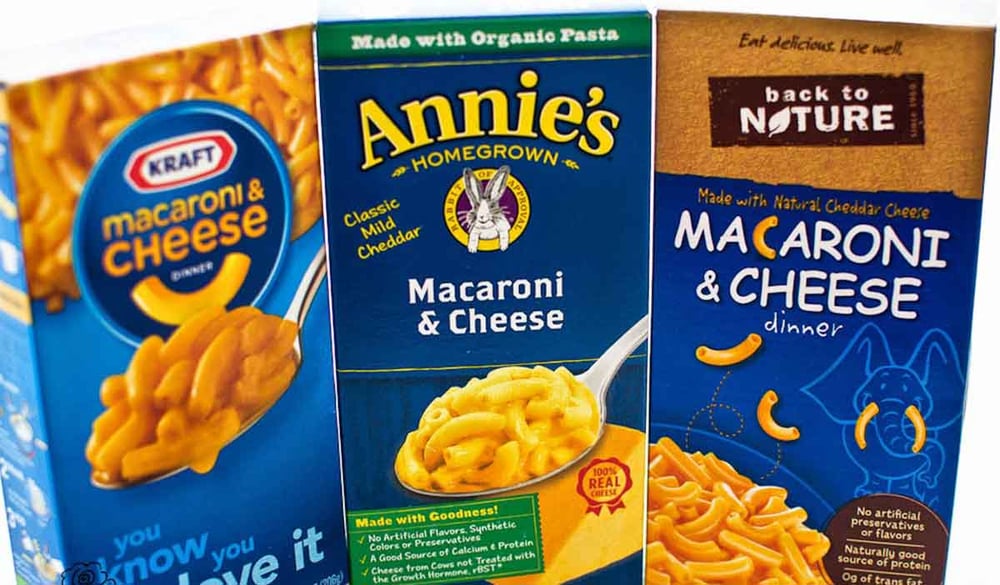Eating healthy is hard to do. The age-old principle of “everything in moderation” is great in theory, but as it turns out, the cookies, potato chips, and other treats that we all enjoy are addictive! How do you stop at just one? The problem is, the foods we often enjoy eating don’t provide us with the nutrition that we really need.

How do we know this? Well, it’s printed on the food label. You know, that thing printed on the back of most packages that has lots of numbers, percentages, and words that talk about servings, nutrients, and vitamins. We know that it can be hard to read and understand, but it contains important information that we believe you should know, so that you can make the best food choices for your family.
Many people get too much fat and salt (also known as sodium) and not enough fiber from the foods they commonly eat. The “Nutrition Facts” on food labels can help you shop for healthy foods. We’ll help you make sense of the numbers… How you use the labels is up to you. For easy reference, we’ll use a box of macaroni and cheese to break down the food label for one food you may know well and use often.
Serving size
Serving size is how much you’re supposed to eat. All the facts on the label are based on the serving size. Servings for different brands of the same food are the same size. For example, all brands of macaroni and cheese list a serving as “1 cup.” This makes it easier for you as a consumer to compare brands.
Servings per container
Servings per container tells you how many servings are in this box. That’s where it can be tricky. Have you ever eaten an entire box of macaroni and cheese…by yourself? Then you’ve eaten enough food to feed a family of four – there are four servings in each box brand of macaroni and cheese dinners. That’s more than you thought, right?

Fat, sodium, and fiber
These nutrient names are pretty standard on most food labels, because knowing how much of each of them is in a certain food is what helps you determine whether or not it’s good for you. Most often, you’ll see how much you get of each listed by its weight – in grams (g) or in milligrams (mg). The following list gives you recommended numbers as helpful guidelines.
Total Fat, Saturated Fat, and Trans Fat
Total fat should be 20 – 35% of your total daily calories, with saturated fat as less than 10% of your daily calories. You want to try to keep your intake of trans fat as low as possible.
Sodium
This is a fancy word for “salt,” and when it comes to that – less is best. You want no more than 2,300 milligrams per day. People age 51 and older and those with certain risk factors like hypertension might want to try and limit their sodium intake further to around 1,500 milligrams per day.
Dietary Fiber
In general, more fiber is better. Different types of fiber can help prevent diabetes, heart disease, and some cancers. Fiber can also help you lose weight. Limit the amount of refined grains that you eat, and instead choose whole-grain foods, beans, peas, other vegetables, and fruit.

Does this seem like a lot of information, and more numbers to remember? You’re right, it is. What’s most important for you to understand is that we all need to pay attention to these numbers. You don’t have to memorize the important parts about every food label, but knowing how nutritional the foods are that you eat will keep you and your family healthy and happy. At the end of the day, that’s always our goal. Visit our website – www.logansportmemorial.org – for more resources on food labels and staying healthy, and access this article for future reference at any time on our blog.



